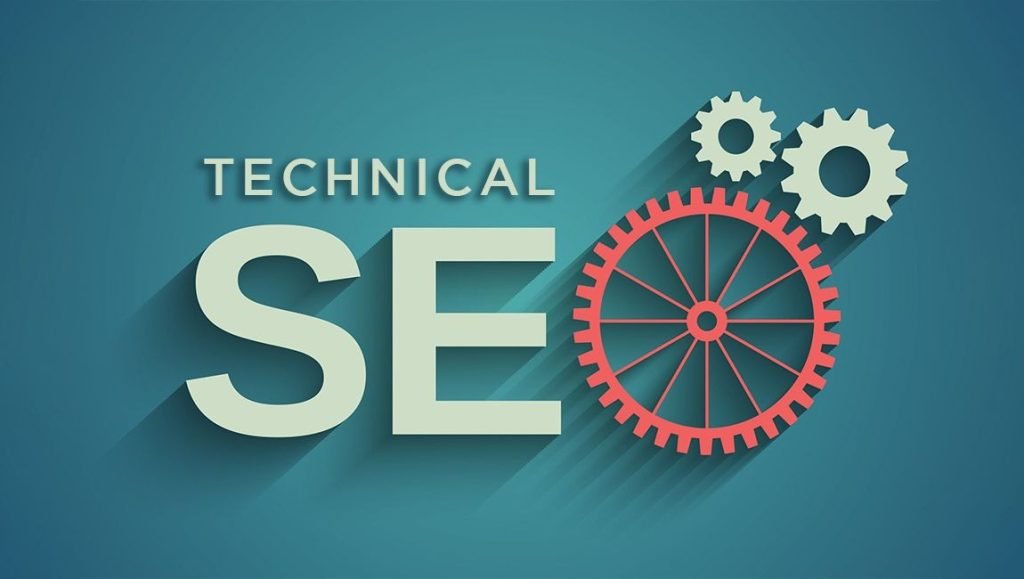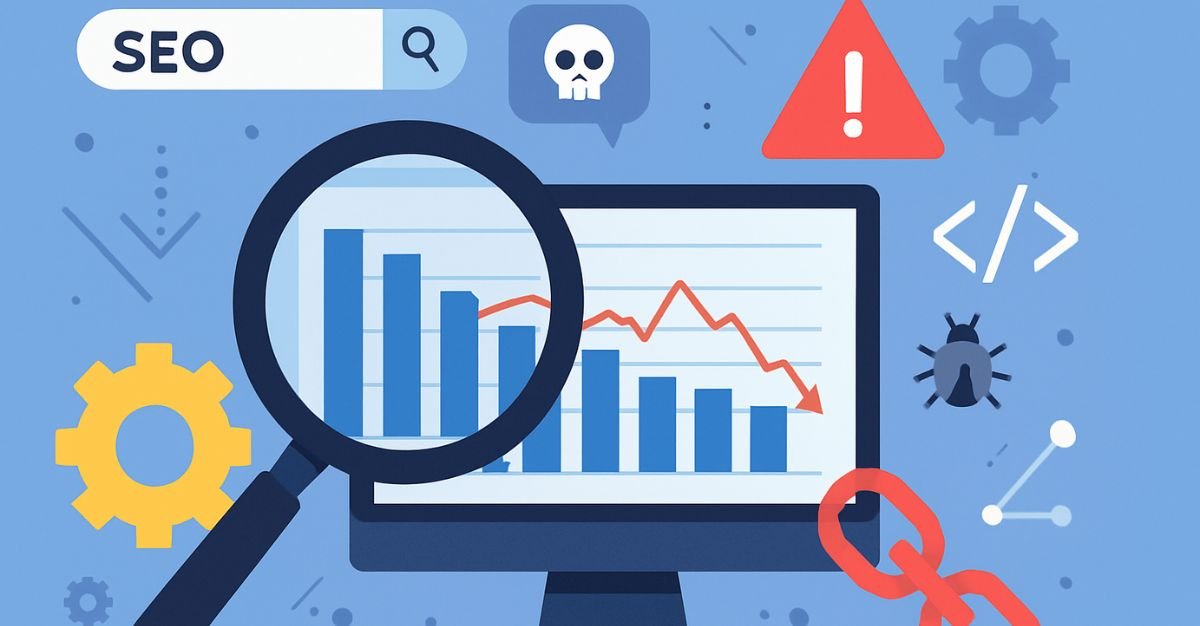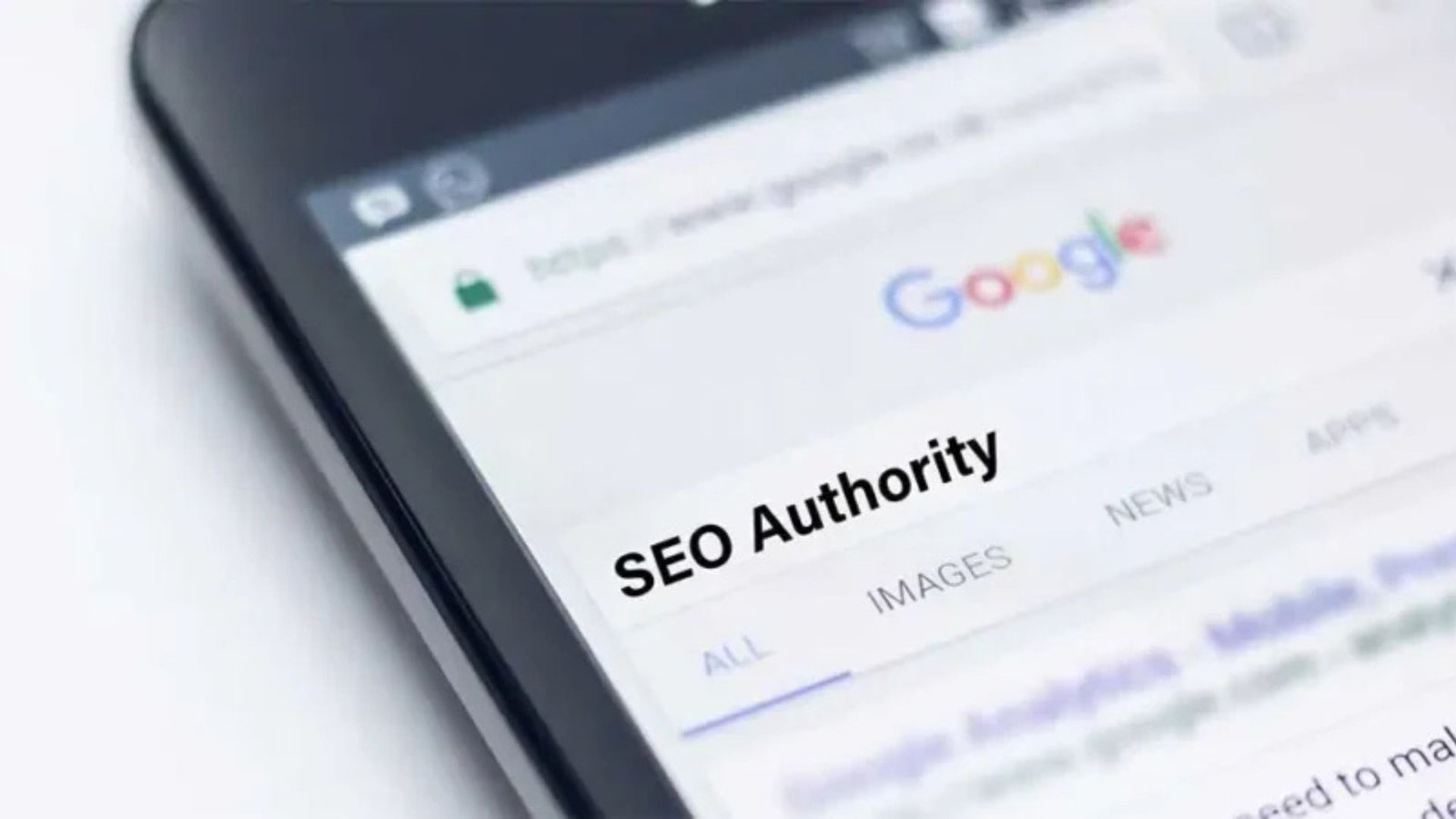Search engine optimization is essential for online success, but even well-optimized websites can develop SEO problems over time. Knowing how to fix SEO issues quickly ensures your website remains visible, user-friendly, and competitive. This guide provides actionable strategies to identify, resolve, and prevent common SEO problems.
1. Conduct a Comprehensive SEO Audit
The first step in fixing SEO issues is understanding the current state of your website. A thorough audit helps you pinpoint problems and prioritize solutions.
SEO Audit Steps
-
Analyze site structure, URL hierarchy, and internal linking.
-
Check for broken links and missing pages.
-
Evaluate content quality and keyword usage.
-
Review site speed, mobile responsiveness, and core web vitals.
-
Examine backlink profiles for toxic or low-quality links.
An audit provides a clear roadmap for how to fix SEO issues efficiently.
2. Resolve Technical SEO Problems
Technical issues often prevent search engines from crawling or indexing your site correctly.
Common Technical Fixes
-
Fix broken links (404 errors) and redirect outdated URLs.
-
Optimize XML sitemaps and submit them to search engines.
-
Improve site speed by compressing images and enabling caching.
-
Ensure mobile-friendliness and responsive design.
-
Use HTTPS for security and trustworthiness.
Addressing technical SEO problems is a core step in learning how to fix SEO issues that may be hindering performance.
3. Optimize On-Page SEO
On-page SEO ensures each page communicates its purpose clearly to search engines and users.
On-Page Optimization Tips
-
Include target keywords naturally in titles, headers, and meta descriptions.
-
Avoid keyword stuffing and focus on user intent.
-
Use descriptive URLs and structured headings.
-
Add alt text to images for better accessibility.
-
Include internal links to related pages for improved navigation.
Proper on-page SEO resolves issues that may reduce your site’s visibility and ranking potential.
4. Fix Duplicate Content
Duplicate content can confuse search engines and dilute ranking signals.
How to Resolve Duplicate Content
-
Use canonical tags to indicate the preferred version of a page.
-
Merge or rewrite similar pages to create unique content.
-
Avoid using identical meta titles and descriptions across multiple pages.
-
Check for duplicate content across domains and subdomains.
Eliminating duplicates is essential in understanding how to fix SEO issues that impact your authority and rankings.
5. Improve Content Quality
Low-quality or outdated content can harm both rankings and user engagement.
Content Enhancement Strategies
-
Update old blog posts with new statistics, insights, and keywords.
-
Remove thin or irrelevant pages.
-
Add engaging media like videos, infographics, or charts.
-
Focus on solving user problems with actionable advice.
High-quality content is a key factor when learning how to fix SEO issues effectively.

6. Address Backlink and Link Profile Problems
Toxic or low-quality backlinks can negatively impact your rankings.
Backlink Fixes
-
Audit your backlink profile using tools like Ahrefs or SEMrush.
-
Disavow spammy or harmful links.
-
Focus on acquiring high-quality, relevant backlinks.
-
Remove or update broken internal links regularly.
Maintaining a clean backlink profile is one of the most effective ways to fix SEO issues that may lower search engine trust.
7. Optimize for Mobile and User Experience
A poor mobile experience can reduce traffic and engagement, affecting SEO rankings.
UX and Mobile Fixes
-
Use responsive design that adapts to all devices.
-
Improve page load speed on mobile.
-
Simplify navigation and keep call-to-action buttons accessible.
-
Ensure readable fonts and proper spacing for touch screens.
Enhancing user experience helps address SEO issues related to engagement and ranking signals.
8. Fix Crawling and Indexing Problems
If search engines can’t access your pages, they won’t rank.
Crawling & Indexing Solutions
-
Check robots.txt to ensure important pages aren’t blocked.
-
Use Google Search Console to identify indexing errors.
-
Submit updated sitemaps to Google and Bing.
-
Resolve canonicalization issues to avoid duplicate content conflicts.
Ensuring proper crawling and indexing is critical when learning how to fix SEO issues systematically.
9. Monitor Analytics and Performance
SEO is ongoing, and monitoring results helps prevent recurring issues.
Monitoring Tips
-
Track organic traffic, bounce rates, and keyword rankings.
-
Use Google Analytics and Search Console for insights.
-
Identify pages with low engagement and optimize them.
-
Regularly test site speed, core web vitals, and mobile usability.
Continuous monitoring ensures your fixes are effective and sustainable.
10. Stay Updated on SEO Best Practices
Search engine algorithms evolve constantly, making it important to stay informed.
How to Stay Current
-
Follow SEO blogs, forums, and industry experts.
-
Attend webinars and online conferences.
-
Experiment with new techniques while avoiding black-hat tactics.
-
Adapt quickly to algorithm updates to prevent ranking drops.
Staying proactive is a vital aspect of learning how to fix SEO issues for long-term success.
Conclusion
Knowing how to fix SEO issues is essential for maintaining a healthy, high-ranking website. By performing audits, addressing technical problems, improving content, and monitoring performance, you can ensure your site remains visible, fast, and user-friendly.
SEO requires ongoing attention, but with the right approach, you can prevent issues from harming rankings and continually improve your site’s performance, authority, and organic traffic.











